What’s The Best Engagement Ring Style For Her Hand Type?
The prospect of a proposal can be petrifying enough without worrying about purchasing the perfect ring. With the ceaseless number of engagement rings available, it’s easy to feel clueless, especially when you can’t directly ask your partner for her opinion. If the four Cs of diamonds sound like completely foreign language to you, we’re here to help. From setting style, metal type, to diamond shape this guide will help you choose an engagement ring style to match your significant other’s lifestyle, skin tone and hand type.
Setting Style
Your first priority with engagement ring style is setting. This essentially refers to the layout and number of diamonds on the engagement ring band. There are predominantly six popular setting styles to choose from:

Solitaire – Also known as ‘prong setting’, which refers to the 4-6 prongs holding the diamond in place, the solitaire setting is the most popular style of engagement ring. The simple yet elegant design consisting of one centre diamond suits even the fussiest of people. These rings are easy to maintain, so work well with laidback personalities. This design also suits most hand types, however a notably sizeable solitaire can overwhelm particularly dainty hands.
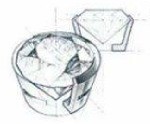
Bezel – Similar to the Solitaire, a Bezel has a singular diamond so it can complement most hand types. It is however, surrounded by a metal rim instead of prongs. This rim ensures it will never snag, so as an exceptionally secure setting, the Bezel is perfect for partners with active lifestyles.
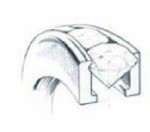
Channel – The Channel style usually consists of a Solitaire setting with an additional line of diamonds adorned into the ring band. This is a great option for fairly feminine types, as they flaunt an extra sparkle. These are also best suited to larger hands, as slender or small fingers may be overwhelmed with the numerous diamonds.
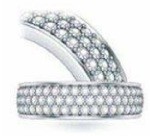
Pavé – The Pavé style is similar to the Channel, except the entire surface of the ring is ‘paved’ in diamonds, usually with no metal gap in between. With this ceaseless sparkle, it befits even the most fashionable fiancées. As the bands tend to be heavier and often thicker with this setting, these rings help balance out longer fingers and can even divert attention away from large knuckles.
Three Stone – As the name suggests, a Three Stone setting boasts three prominent stones. This style radiates elegance without being overly ostentatious. As a bold setting, the Three Stone style works well for confident personality types and works best with larger hands.
Halo – Halo styles circle the centre stone with smaller diamonds to make the centre diamond even more extravagant. This beautiful vintage style is best suited to people with opulent taste. As a statement ring, this setting works well with larger hand types as it can flatter wider fingers.
Matching Metal with Skin Tone
The best metal for the ring band can vary depending on your significant other’s skin tone. To decipher whether they have cool or warm skin, inspect their vein colour. If veins appear blue or purple, they have a cool skin tone. Whereas if veins appear with a hint of green, they have a warm skin tone. They have a neutral skin tone if veins appear simultaneously blue and green.
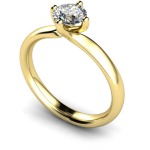
Yellow Gold – As the most traditional ring colour, yellow gold looks stunning with warm or olive skin tones, however it tends to wash out some pale skin tones.
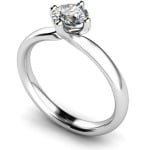
White Gold – As a simple and classic option, white gold looks great with all skin tones, but is particularly complementary with cooler skin tones, such as fair and rosy skin.
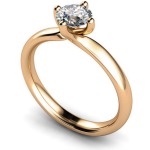
Rose Gold – Best suited to trendy types, rose gold can stand out beautifully against both pale and dark skin. If your partner’s skin tone is likely to change seasonally, this is an optimum option.
Platinum – As the rarest metal on the list, platinum is great for people with sensitive skin because it’s naturally hypoallergenic. Because it’s also a light metal, it works best for people with cooler skin tones.
Palladium – This metal is similar to platinum as its also hypoallergenic, but less rare. It’s slightly darker than platinum, however still suits cool skin tones beautifully.
Related: Your Quick and Easy Guide to Engagement Ring Metals
Diamond Shape
The shape of the diamond plays a fundamental role in the overall appearance of the ring. Believe it or not, diamonds come in many more shapes than merely square or round. With such a variety, it’s difficult to know which diamond cut looks best with different hand types.
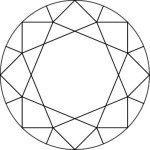
Round Solitaire – As the most popular diamond shape, a round diamond is fairly versatile and will work well with any style setting and hand type. Round brilliant cut stones are known to be especially flattering for longer fingers.
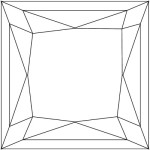
Princess – Princess cut stones are a square shape that can also complement most hand sizes. However, big princess stones drown petite hands, so remember to correlate diamond size to hand size.
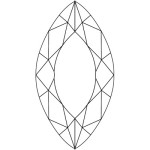
Marquise – As quite a narrow stone, the Marquise looks great on petite hands as it helps to lengthen the appearance of a short finger. It can however make broad fingers look wider because it is so thin.
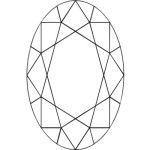
Oval – As another fairly narrow and elongated stone, ovals are an option of extending the appearance of short fingers without the sharp angles of the Marquise.
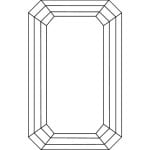
Emerald – Emerald or other rectangular shaped stones are helpful for broader hands with short fingers as they can help lengthen fingers while being a wider option than the Marquise and oval.
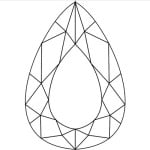
Pear – Due to a pear stone being simultaneously round and pointed, they can help lengthen fingers and even lead to the finger looking thinner. Similarly to the emerald, this works well on wider hands with petite fingers.
What’s your favourite engagement ring style? Let us know in the comments!



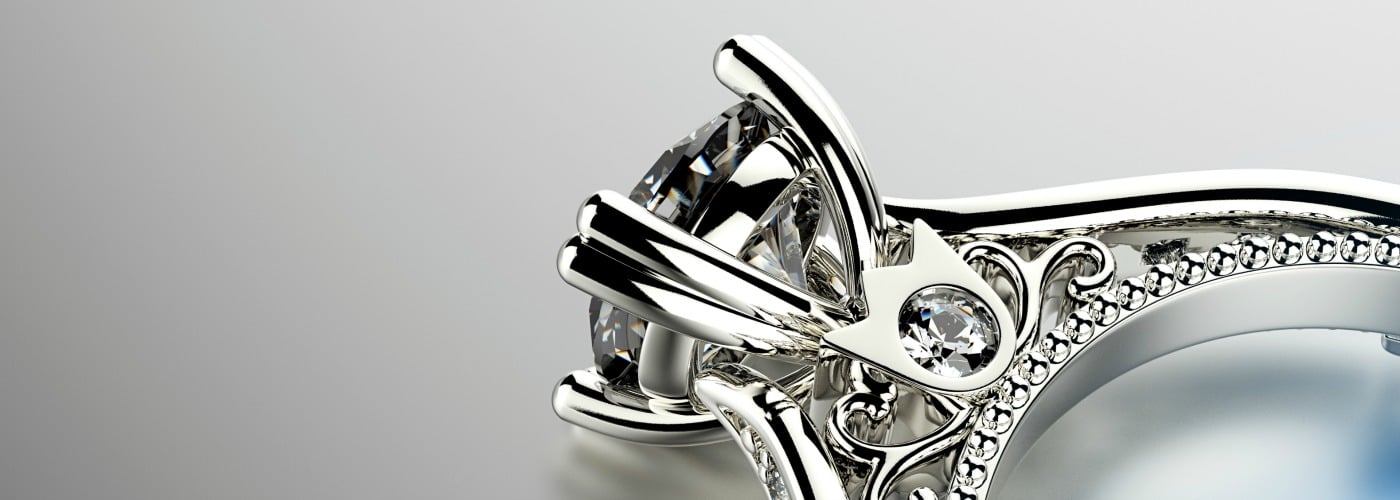
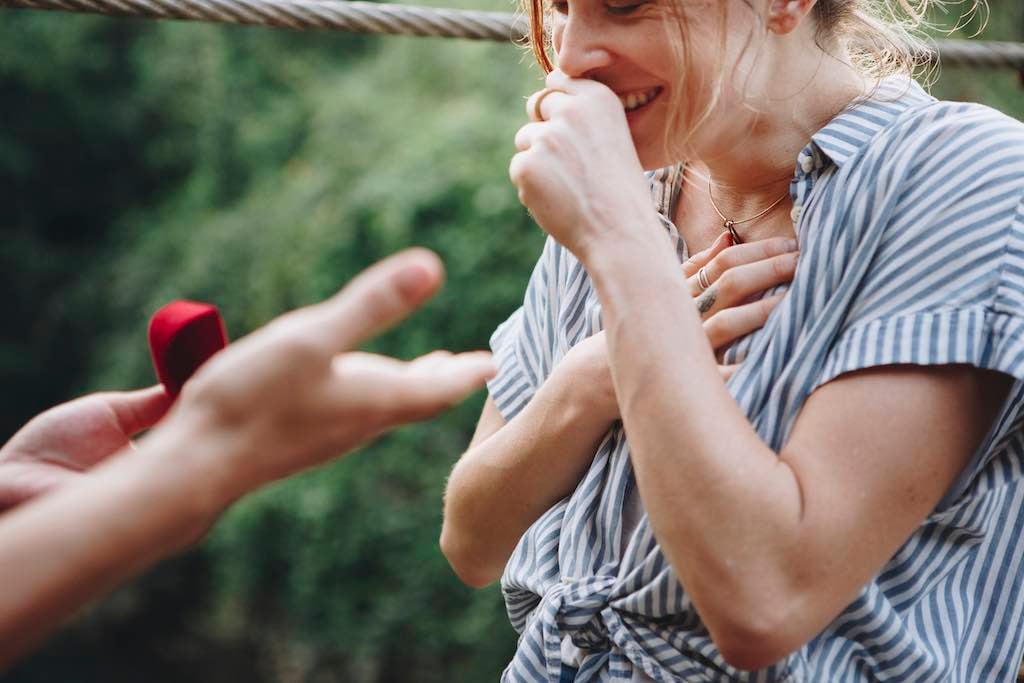 Why Buy a Solitaire Engagement Ring?
Why Buy a Solitaire Engagement Ring?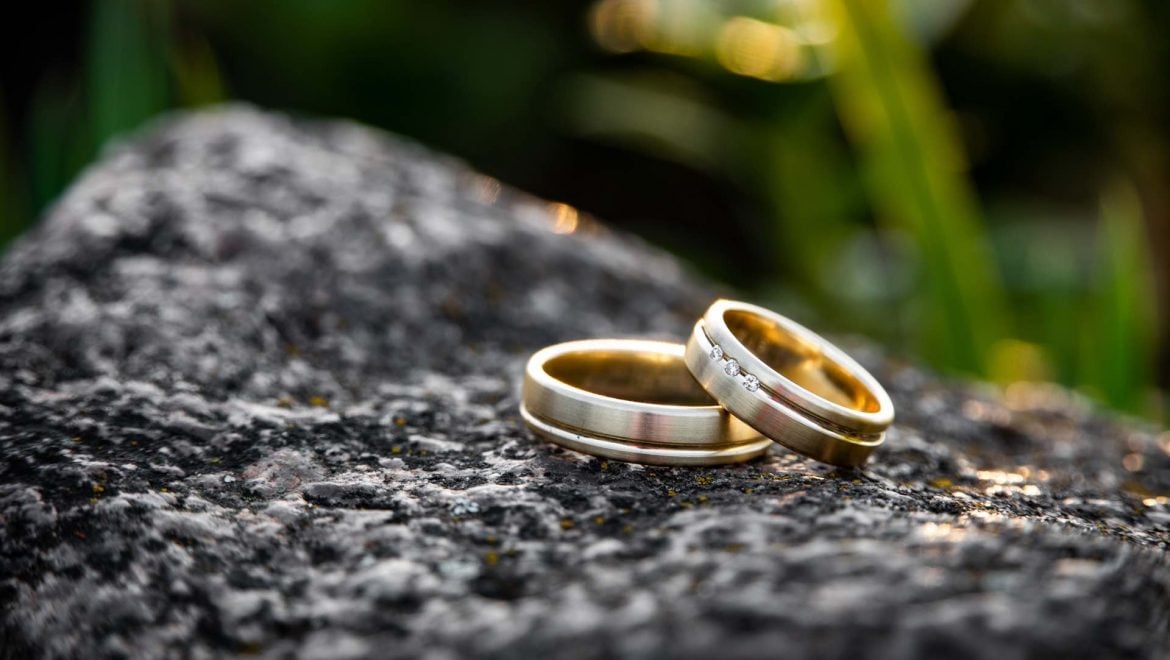 Men’s Wedding Ring Buying Guide
Men’s Wedding Ring Buying Guide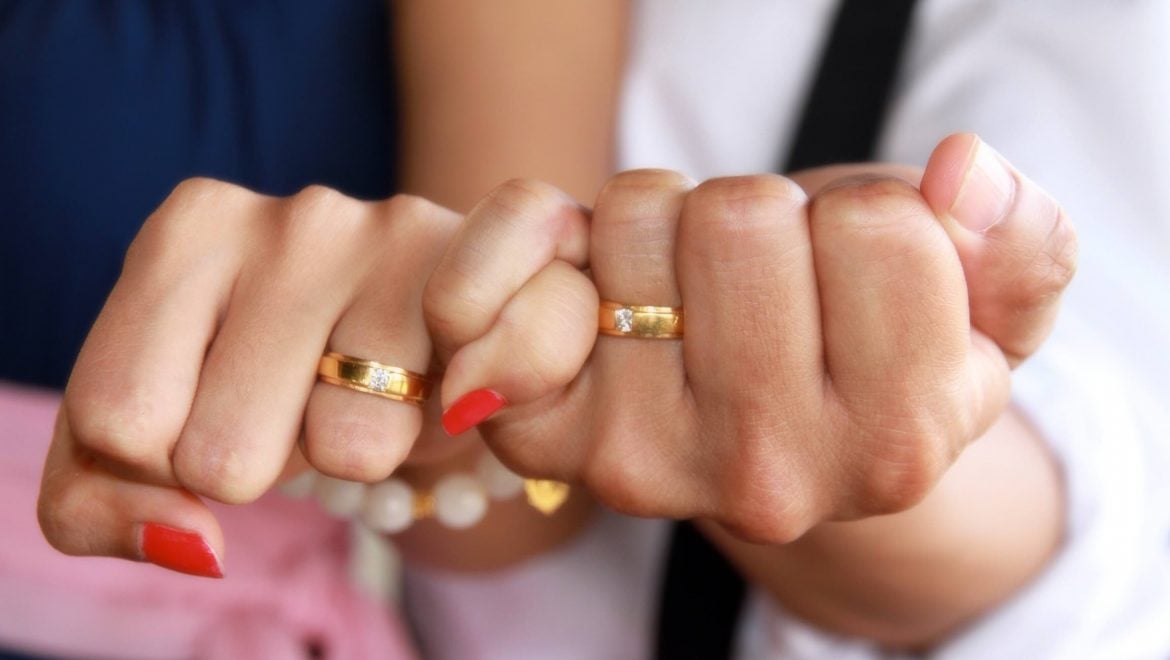 How much money should you spend on a wedding ring?
How much money should you spend on a wedding ring? What Brits do on Valentine’s Day
What Brits do on Valentine’s Day